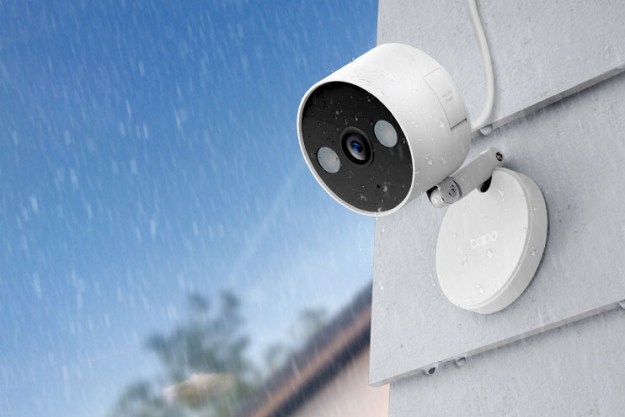Anytime you realize you’re running low on an essential kitchen supply like milk, olive oil, or eggs, simply tell your new connected device something like, “Hey Lystr, add milk.” If you want to remember an exact brand of a product, you can use Lystr’s sensor to scan the item’s bar code. No matter which method you opt for, the item will automatically be added to your shopping list so the next time you make a trip to the store, you won’t be wracking your brain trying to remember what you forgot.
The companion Lystr smartphone app contains the entirety of your grocery list, and you can share the contents of said list with any of your contacts, or email it to your personal assistant (if you’re lucky enough to have one).
Lystr founder Kara Scanlin sees the product as the equivalent of Amazon Alexa or Dash. Rather than talking to an Amazon Echo, you’ll be talking to a discreet device that plugs into any outlet in your kitchen, and can be taken just about anywhere you go.
“We put an insane attention to detail in designing the product,” Scanlin noted of the design process. “I’m picky, and I know my customer is picky about what they put in their kitchen, so we had to make it beautiful.”
And it’s certainly pretty sleek. The small disk blends in easily with just about any kitchen decor, but its functionality is certainly something you won’t want to miss out on. You can now pre-order a Lystr from Kickstarter for the early-bird price of $79, with an estimated shipment date of November 2017.
Editors' Recommendations
- How to add multiple items to an Alexa list
- New Amazon grocery delivery customers placed on wait list due to high demand
- You can now scan bar codes for your grocery list with the Amazon Echo Show
- Instagram’s new camera feature, Create Mode, isn’t for taking photos or video


